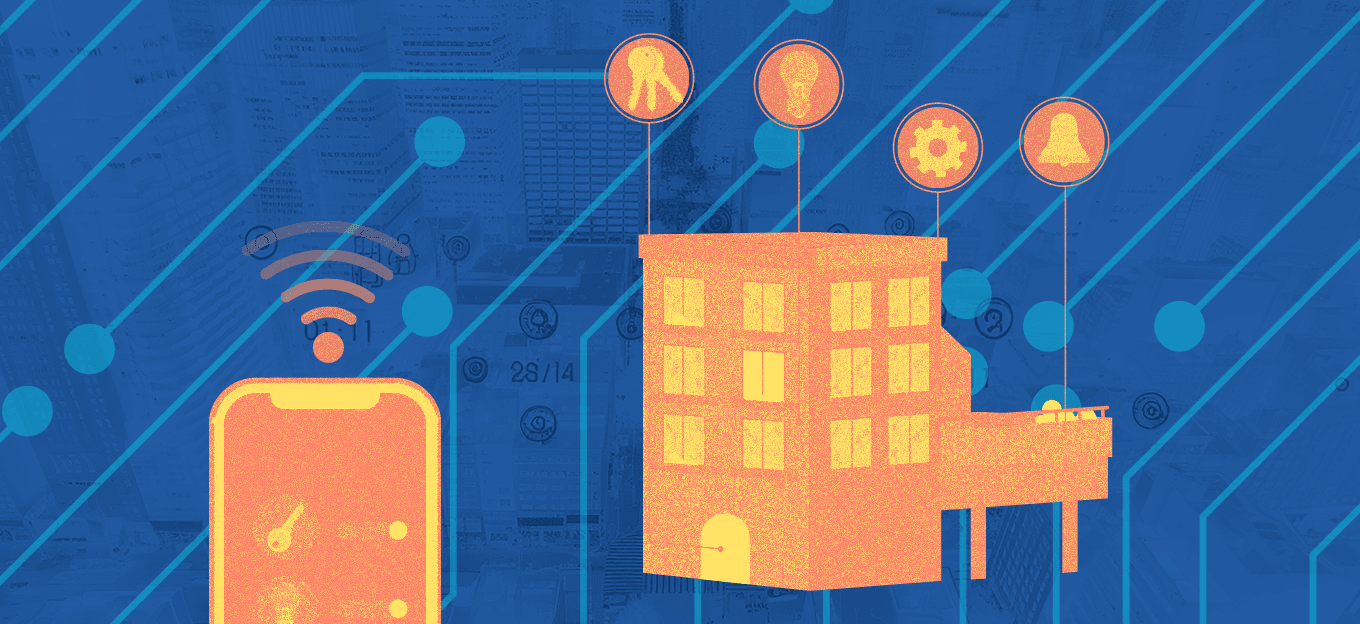5 Ways AI is Changing the Commercial Real Estate Sector
5 Ways AI is Changing the Commercial Real Estate Sector
- Last Updated: December 2, 2024
Guest Writer
- Last Updated: December 2, 2024



Artificial intelligence is the most significant disruptor in today’s commercial real estate industry. By all indications, that’s a trend that will continue in the years to come. More than ever in the past, investors today need to be adaptable and able to see the big picture. Automation can be a big part of that puzzle, both as a way to gather necessary data and as a tool for optimizing your time and resource use.
AI is a powerful tool with the potential to change real estate with smart automation, including how brokers manage listings, track data, and interact with buyers.
AI has the potential to impact the sector at every level, from development through sales and management of properties. Let’s take a deeper look at the top 5 ways intelligent technology is already prompting major shifts in commercial real estate—and what that means for the industry moving into the future.
#1: Loan Modeling
Financial modeling has long been an important part of the real estate equation, but in the past it was a labor-intensive process involving tedious manual data entry and analysis. Pattern recognition algorithms have revolutionized this practice.
What are the specific benefits? The first is a reduction in costs, since you no longer have to pay someone to enter all that data. This frees up staff to put their time into more valuable tasks. Machines are also more accurate than people when it comes to these basic tasks, so both the data and its analysis will contain fewer errors, and be more valuable as a result.
The use of AI has also had a democratizing effect when it comes to forecasting. In a lower-tech world, this is a task reserved for trained data analysts who have both the statistical and industry knowledge to weigh the relevant factors and make an informed decision. The quality of the analysis is highly dependent on the skill level of the individual producing it. While some specialized knowledge is still required to make strong financial predictions, integrating automation into the process makes it more accessible.
#2: Bots Replacing Brokers
Already the growing prevalence of online listing platforms has shifted the role of agents and brokers in the sales process. Agents and brokers used to seek out properties and bring them to the buyer but more and more buyers are coming up with these lists on their own. Until very recently, though, the insights of a human agent still played a key role in this process.
As AI has become more sophisticated, its ability to make complex decisions has expanded. An experiment called Broker vs. Bot tested this in the real estate sector in 2016. Three Denver-area real estate agents went head-to-head with the bot Find More Genius to find the best home for a buyer based on listings he liked from the local market. In all three contests, the buyer preferred the house the bot had chosen.
This doesn’t mean brokers and agents are obsolete. From viewing properties to contract negotiations, there are still plenty of reasons it’s smart for buyers to have an experienced professional in their corner. A smart agent will see bots like Find More Genius as a powerful tool that they can use to find perfect properties for their clients more quickly and free up the time they spend poring through listings.
#3: Efficient and Effective Marketing
Any place there’s a large amount of data involved, implementing AI can streamline your operations. Using lead management systems, you can target your e-mail marketing campaigns, online advertisements, and other promotional materials to the prospective buyers who will be most likely to find them valuable. This more targeted approach saves you time while giving you the power to personalize search results and mailers so they provide more value to customers.
As useful as this is, perhaps the more significant impact has been on analytics and market research. You can quickly compile and compare market data and broker sales records to better match properties with buyers and sellers based on their history and preferences. Natural Language Processing (NLP) algorithms can be an especially valuable tool, letting you break down your findings geographically or demographically to gain insights into customer preferences.
There’s more to the power of AI than the bulk of data it can be used to collect. Aggregate algorithms give you a chance to dig into data on occupancy rates, usage statistics, and price shifts within a given market, revealing trends that were invisible when the data was in one large chunk. It’s that extra level of finesse that differentiates artificial intelligence from previous data processing technology.
Some brokers and listing sites have taken their use of AI to the next level with chat bots that interact with customers while they’re on your site. This is an easy, convenient way to answer buyer and seller questions without them first needing to track down a customer service representative, saving time on the customer end and payroll expense on the commercial side.
#4: Automated Building Systems
IoT tools and devices have expanded the type and volume of data you can collect from properties. Smart home users are already taking advantage of thermostats, outlets, and appliances that track energy usage, and these same devices can be invaluable for managers of commercial properties.
Automating the HVAC system in a building is one common, quick upgrade that can significantly lower energy costs. At the most basic level, you can implement recipes that automatically adjust the heat and AC based on data from environmental sensors. This more efficient use of resources cuts down on waste and maintains a consistently comfortable environment, so it has benefits beyond just cost savings.
Beyond these initial savings, building automation has the potential to improve your properties and management through data analytics. With the right algorithm in place, you can better predict and prepare for seasonal changes in energy use, or identify leaks and other needed repairs by identifying spikes and irregularities in heat or water usage. Ultimately, AI allows property managers to be more proactive in maintaining and improving their properties, as well as able to respond more quickly to unanticipated problems.
#5: Real-Time Population Analysis and Prediction
Cities and communities change over time. Success in commercial real estate comes from understanding these trends and being able to envision not just what the local landscape will look like next year, but five to ten years into the future.
Developers and city planners have become increasingly efficient at making these predictions, and the use of AI can be one more tool in their arsenal. The One Hundred Year Study on Artificial Intelligence, conducted by Stanford University, analyzed the probable impacts of AI on transportation, city infrastructure, public safety, and employment in the next 30 years. Perhaps its most significant role across the board is the expanded ability to gather and process large quantities of data. An analysis of a city’s population could take months to complete using traditional manual methods. With automation, you can have that same information in days.
The need for this has never been more apparent than in 2020. It’s likely remote work will continue to be more prevalent into the future, but no one is sure yet what that means for office spaces and the commercial ecosystem that tends to spring up around them. An emptying Manhattan has led many to question whether luxury condos and high-rise downtown apartment buildings will become a thing of the past.
For those in commercial real estate, getting ahead of these trends is crucial. Companies that are able to implement smart automation are likely to have an easier time navigating this shifting terrain than those who continue to rely on more manual operations.
Approaches to AI Implementation
The learning curve for AI is one of the main reasons more people aren’t using it already. Even those who appreciate its potential benefits aren’t always willing to invest the time to learn the technology, at least not to the extent they can unlock its full potential.
While there are countless potential AI applications in commercial real estate, the main implementations can be put into one of three categories: logistics, search, and negotiations. Of these three, using automation for logistics can have the most significant time-saving and cost-saving benefits for brokers. That makes it the best starting point for those looking to dip their toe into AI implementation.
This doesn’t have to mean making sweeping changes right off the bat. Start with something small that’s easy to implement, like a scheduling program or an automated response feature for basic client questions and communications. As you become more comfortable with navigating the technology, you’ll be able to expand your use of AI to other areas with confidence.
The Bottom Line
There are a plethora of software platforms available for investors to harness the power of predictive analytics and machine learning. The resources are out there, and easier to use than ever before. Investors who have the foresight to implement these tools will be in the best position to not only survive the current upheaval, but thrive as a result of it.
The Most Comprehensive IoT Newsletter for Enterprises
Showcasing the highest-quality content, resources, news, and insights from the world of the Internet of Things. Subscribe to remain informed and up-to-date.
New Podcast Episode

Moving Past the Pilot Phase in IoT and AI
Related Articles





